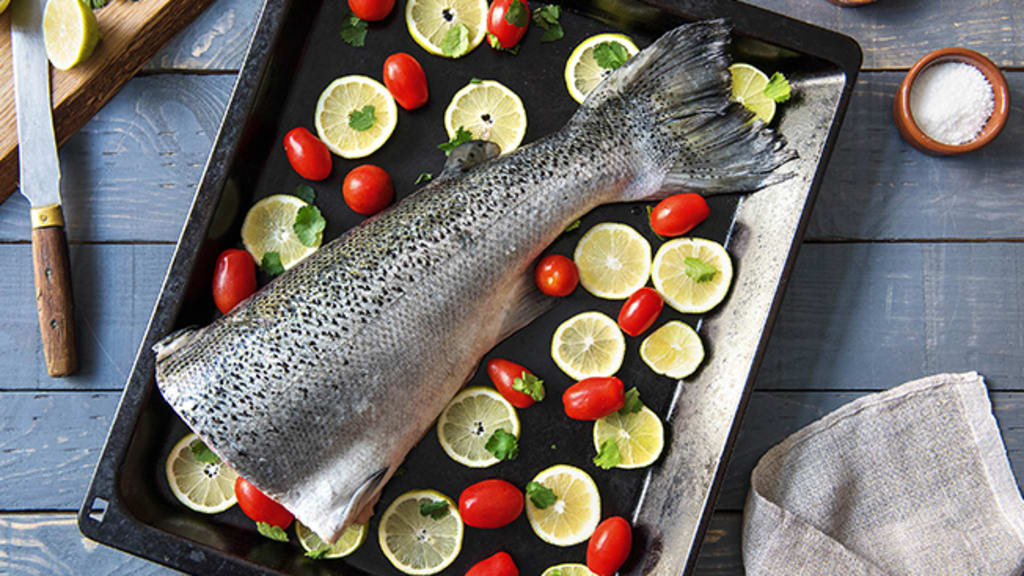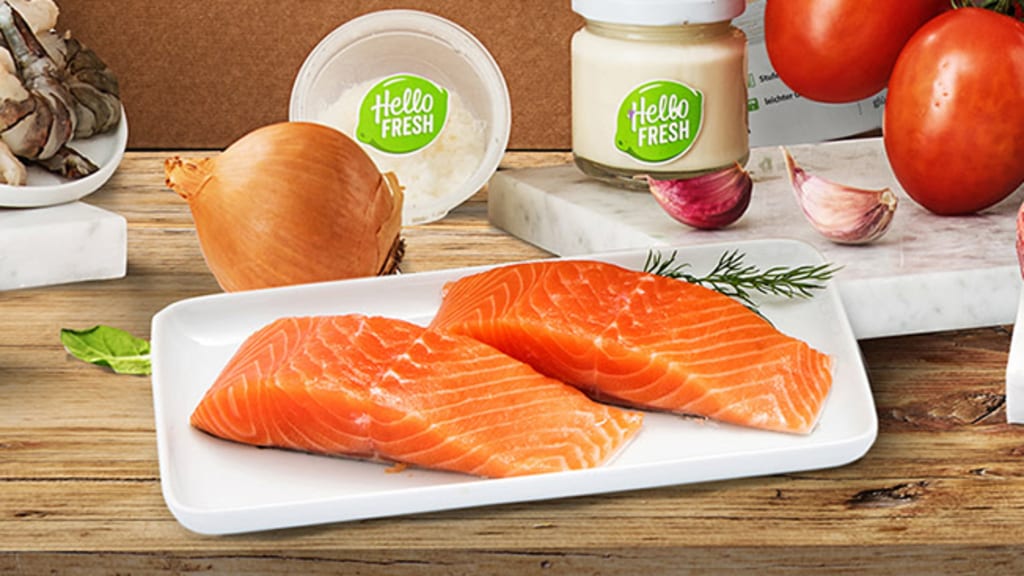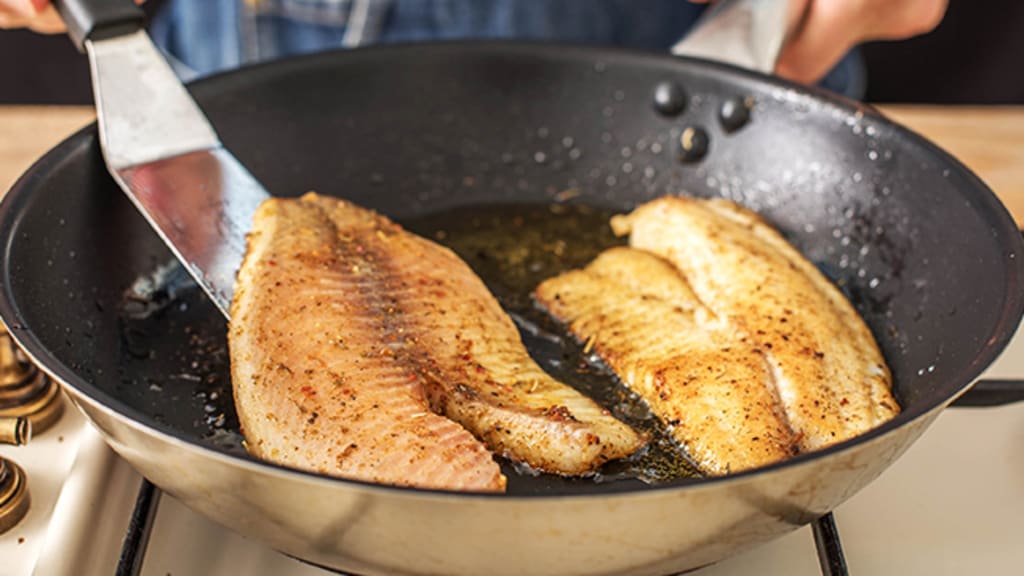FISH
FISH
Fish
Discover the benefits and flavours of cooking and eating fish, a protein-rich food with loads of variations and few dietary downsides.
FISH NUTRITIONAL INFORMATION & HEALTH BENEFITS
Fish is an excellent source of omega-3 fats, which are beneficial for heart health, and other important nutrients including vitamin D and selenium.
Fish is high in protein and low in saturated fat. Most dietary guidelines recommend at least two to three servings of fish (including fatty or oily fish) per week to take advantage of its health benefits.
Fish with the highest levels of omega-3s include fresh salmon, sea bass, mackerel, herring, canned sardines, canned salmon and some varieties of canned tuna. Other good sources of marine-sourced omega-3s include barramundi, bream, flathead and even caviar.

HOW TO STORE FISH
More than any other food, fish is best cooked as soon as possible after you get it. Of course, this isn’t always possible, so here are some handy tips for keeping your fish as fresh as possible before cooking.
Fish is best stored as close to the freezing point as possible without going under it. Most refrigerators are kept slightly warmer than this, so the HelloFresh culinary team recommend placing ice packs with the fish as it chills in the fridge. The fish will keep for up to three days like this.
Store fish in a single layer, without any of the flesh or skin of adjacent fish touching it. This helps keep the fish as dry as possible, which is essential to slowing spoilage.

To freeze fish, get it into the freezer as soon as possible to preserve freshness, preferably in a sealable plastic bag. As fish is particularly susceptible to freezer burn, be sure to eliminate all the air from the bag before sealing it.
Fatty or oily fish (salmon, mackerel, whitefish) will stay good in the freezer for up to three months, while leaner fish (cod, sole, flounder) can last up to six months. Thaw the fish in cold water rather than hot water, and never at room temperature.
FISH TIPS, TRICKS & HACKS
While you may have a particular fish in mind, it’s always a good idea to ask your fishmonger what’s in season before deciding. Fishmongers can usually recommend a fresh, seasonal variety that will suit your recipe.
The number one rule when cooking fish is: don’t overcook it! Overcooking spoils the flavour and texture of fish. The best way to know if your fish is cooked is to check that it has lost its translucent appearance and has turned opaque all the way through. To test, insert a fork into the thickest part of the flesh and gently divide it. If it flakes easily, it’s cooked.
Make fish more appealing to kids by dredging fillets in flour or breadcrumbs before frying them in a small amount of butter or oil. Don’t overcrowd the pan and cook them for three to five minutes on ch side, until golden. Try to turn the fillet just once.

Our HelloFresh culinary team know exactly how to get perfect crispy skin on fish fillets. Start by patting the skin with a paper towel to make sure it’s as dry as possible, then season with salt and pepper. Ensure a frying pan is quite hot, then add a small amount of oil. Cook the fish skin-side down, gently pressing on it with a slotted turner to prevent the skin curling or the fish fillet shrinking. Cook like this until the flesh starts to turn opaque around the edges, then turn over to finish cooking.
The best fish varieties for pan frying include salmon, sole, flounder, bream, dory, whiting, perch, tuna, snapper, ling, gemfish, redfish, and whole small fish.
The best varieties for baking are firm-fleshed fish, such as salmon, trout, barramundi, bream and snapper.
FISH FACTS
Delicious recipes for you to choose next week
Like what you see? Check out all of our upcoming recipes
VIEW OUR MENU